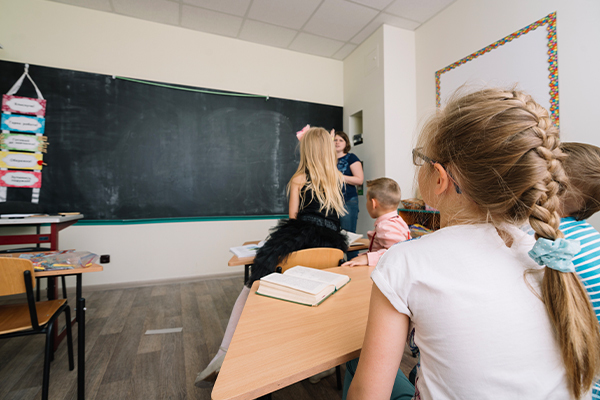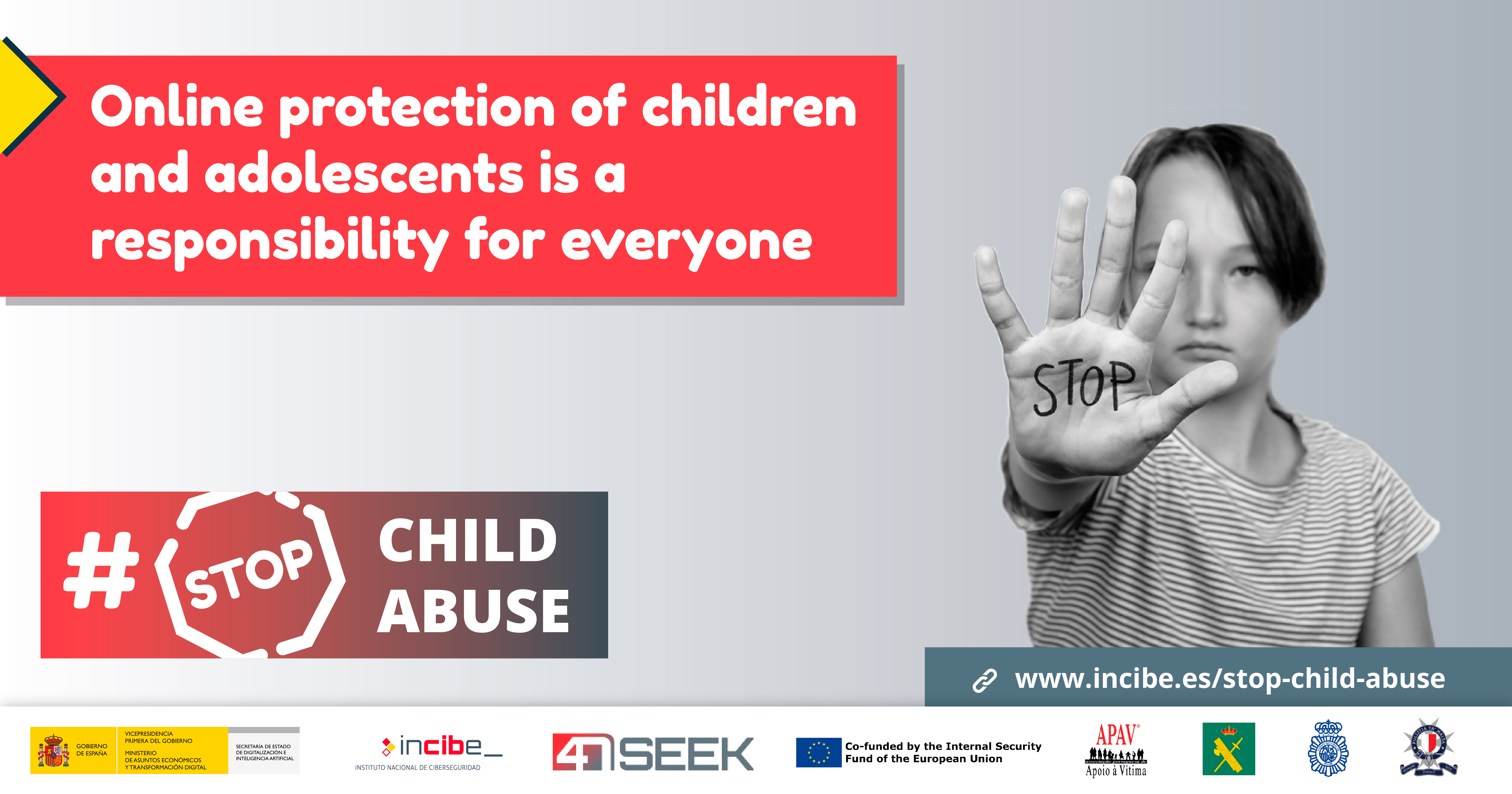Educating children in the digital age: sexuality online

Educational centres play an essential role in the fight against online risks and harm, including situations of child sexual abuse. You can work in the classroom on all the aspects related to preventing and detecting this type of crime, including lessons or workshops where children can learn about sexuality and the Internet in an open and healthy way. It can make all the difference and prevent cases amongst students.
Working on topics such as preventing online risks and harm, promoting digital literacy and developing a healthy sexuality are increasingly common topics in the educational curriculums as well as transversal responsibilities in our work as educators. Children and adolescents are increasingly using communication tools and platforms for different purposes, and in different contexts like at home or at school. These changes imply an urgent need for training them on how to use different devices in a safe and responsible way.
Online child sexual abuse is a reality, it can take many different forms, and its objective is to obtain intimate material or even physical contact. Teaching children to detect and avoid high-risk or harmful behaviours and relationships is essential, as it is developing social skills, critical thinking and assertive communication skills in order to build up their resilience. By doing so, they will be able to adequately manage online relationships and friendships, rejecting requests that make them feel uncomfortable, learning to say no and feeling that their opinion is worthwhile. All these are indispensable tools that can improve their ability to protect themselves.
You should also remember that education is a basic foundation to implement social changes that can reduce the demand for child sexual abuse content amongst adults. Promoting healthy sexuality in adolescence is essential in this regard, and including such subjects in the educational centre's action plans and safeguarding protocols is recommended. These documents should help guide the entire educational community on how to prevent online risks and harmful situations amongst students, including material on how to detect and react upon each situation. Open discussions, teaching activities or specific trainings about the problem of child sexual abuse should involve the education centre since its role is a very important one. Why not to start by organising an awareness-raising session in the classroom?

Preparing the activity
You should bear some things in mind when talking about healthy online relationships. Take into consideration the age and level of maturity of your students. This should never be a limiting factor, but it will have an influence on the level of complexity of the content you plan to use. Online sexual abuse is a sensitive issue, but it can be worked on at all educational levels if the activities are suitably adapted.
Prior knowledge about technology or online security is not essential, but it is a good idea to be up to date and increase your knowledge about this subject. It is also a positive step to think about the behaviour of adolescents, especially the ways they communicate and what they use the Internet for, online relationships and sexuality. You should accept that for them the Internet is part of their life as a communication resource, accessible and easy to use, that enables them to interact with other people now that they are starting to have relationships and experiment with their feelings.
Another option is to consult specialised articles that analyse the problem, and use training guides. It is important to have the support of the entire educational community, so that everyone can get involved in the work of protecting children from potential online harmful experiences or crimes. One way to do this is to organise parallel training sessions or workshops for teaching staff, parents' associations and other professionals at the centre.
The potential for learning about the Internet at the educational centre is enormous: extramural workshops, occasional organised activities, tutorial sessions and related subjects, or as a complement to other activities. You can select the format that best matches your students. The aim in any case is to teach them the right tools to stay safe online.
What to work on: practical materials and resources
- The appropriate social and communication skills for the Internet. Tools such as empathy, netiquette and assertiveness, teaching them to know their own rights and to protect them without generating conflicts. This way they learn the right way to communicate on line, without falling to blackmail or scams.
- Promotion of positive relationships. A lack of information or experience can lead children who use the Internet to get confused regarding behaviours implicit in a healthy romantic relationship. This may make them feel obliged to behave in a certain way, do things that make them feel uncomfortable or even create and share intimate content, and so put themselves at great risk. That is why it is necessary to teach them what a healthy relationship means and to identify what does not, giving them examples of toxic or fake relationships and what characterises them.
- Developing a healthy sexuality. They need to learn to take responsibilities of their online actions by understanding the hazards and consequences of the decisions they make, especially those related to their privacy and sexuality. Sexting is a decision that entails high risks, since it involves sharing intimate images or videos which can get out of control, ending up being seen not only by partners, but also friends or publicly in the social networks. You can work on this issue using methodologies such as group dynamics, case studies and news, and encourage debate about different points of view.
- Guidelines for identifying possible high-risk contacts. They need to see which users are safe to accept as friends in their social networks. They should always evaluate any suspicious behaviour they notice and know how to react to it: not giving into pressure or blackmail, learning to block and report high risk cases, and learning to configure and protect their privacy on line.
- Detection of processes and tricks used to obtain sexual abuse material. Knowing how to tell when someone is trying to obtain personal information, secrets or intimate images is essential for preventing this type of risk. This not only refers to direct requests in private conversations, it can also happen via malware or apps, offered to unblock special functions in an application or game, which once installed on the child's device can access their files or webcam to spy on them. Obviously it is necessary to adapt the language to the students' age and maturity, but team activities can be used to enable them to think about this issue together with their classmates.
- Reactions to cases of online sexual abuse. This subject should be discussed in all the work sessions, to enable the child to know how to act and ask for help if they find themselves involved in a situation of this nature, or if they see that a friend has this sort of problem. Informing students about professional assistance services, such as the helpline or the Safer Internet Centre of your country should be a priority, as should encouraging them to go to the police and report it when they are aware of a crime.

The best strategy for helping children to protect themselves is early prevention, to enable them to know about and spot dangerous online activities and behaviours. The educational centre is an ideal space for acquiring this type of knowledge along with specific activities such as workshops and talks, and with the support of the entire educational community. When the time comes, they are going to use the Internet independently and they should be aware of the risks and harmful consequences involved in using technology so that they can avoid them and have a positive experience.




